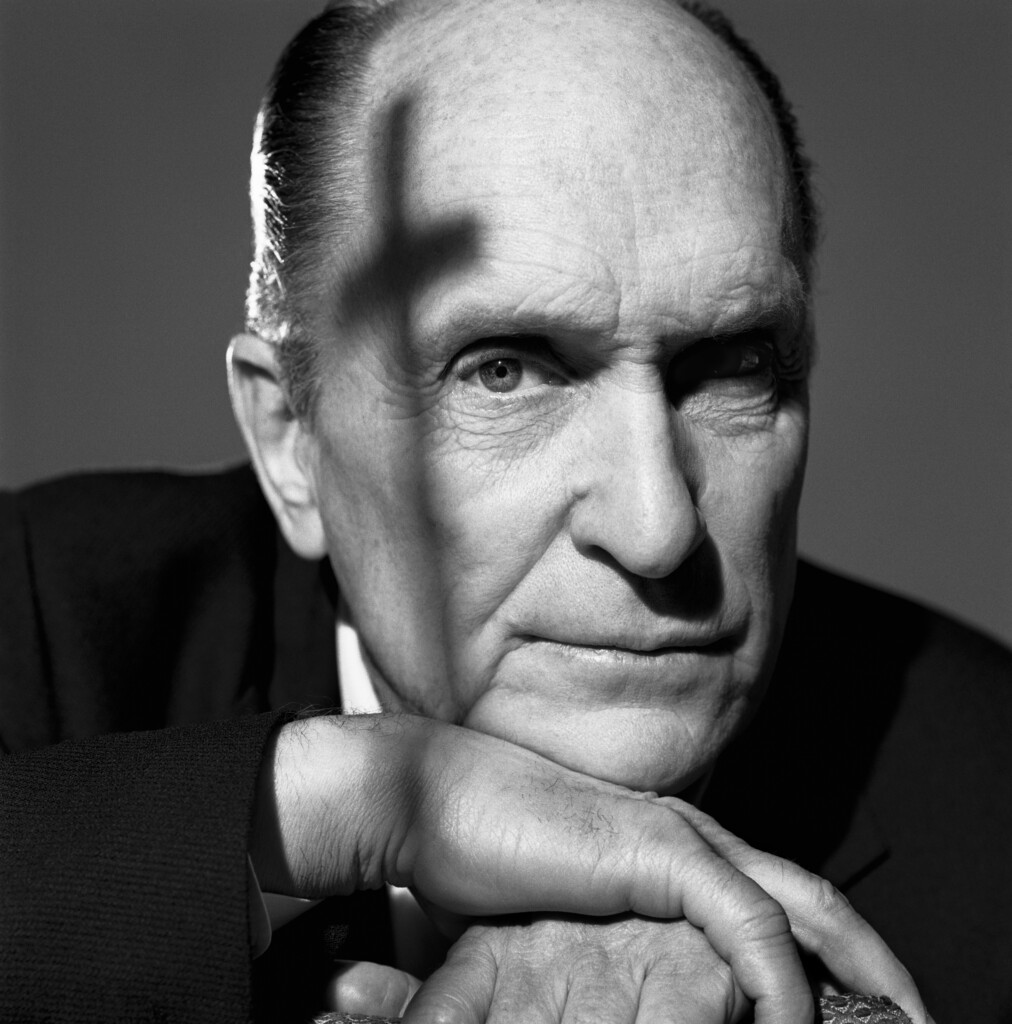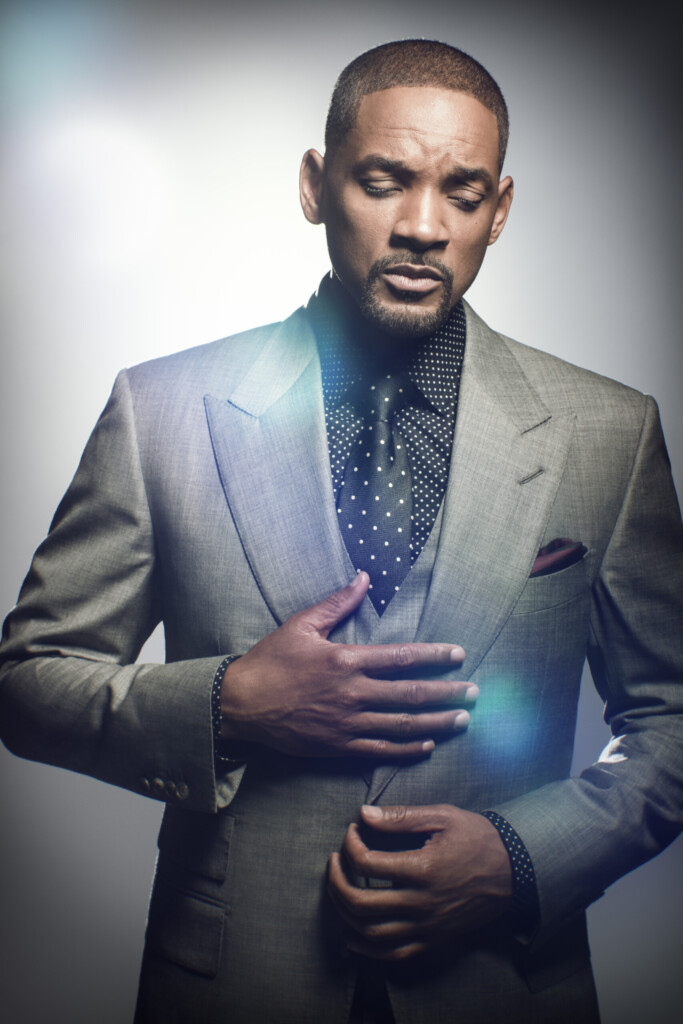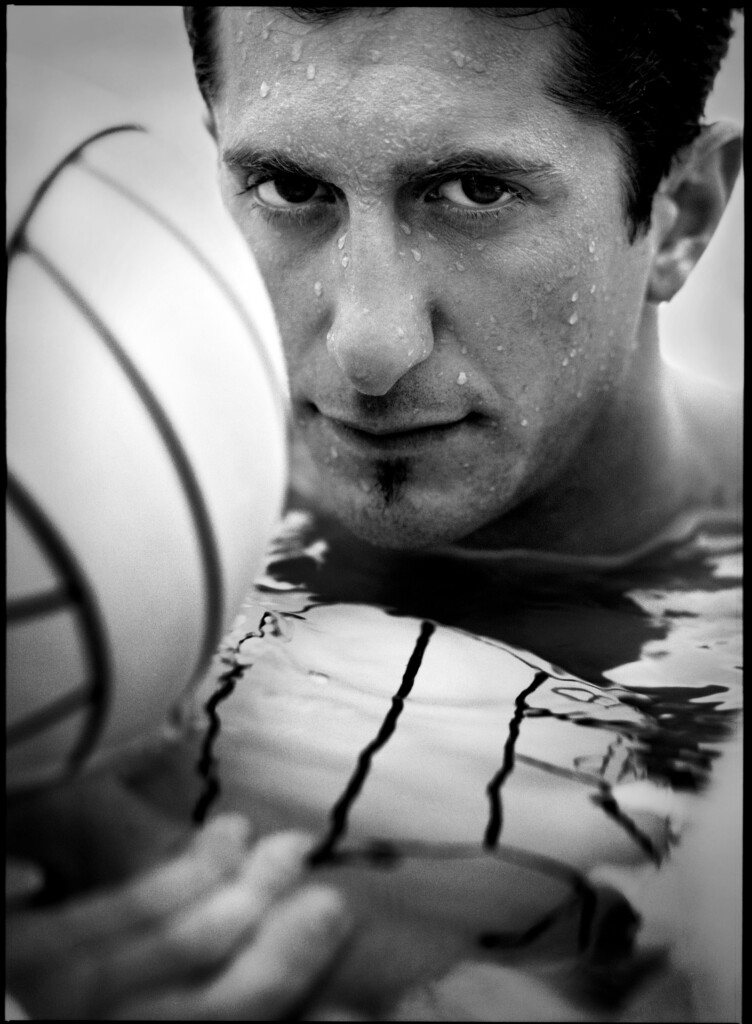Lens Choices Decoded: Finding the Right Focal Length for Your Subject
Lens choices play a crucial role in shaping a photographer’s vision, and finding the right focal length for your subject is just as important as mastering lighting, focus, and aperture settings. Once the decision has been made to pursue photography—whether as an art, hobby, profession, or career—understanding how different lenses impact composition and perspective becomes essential. Selecting the right equipment is more than just about the technical specs; it’s about choosing the right tool to bring your creative vision to life.
The focal length of the lens affects composition. It also influences perception, depth of field and the final story that the photo can tell. In his book Lighting and the Dramatic Portrait: The Art of Celebrity and Editorial Photography, Michael Grecco emphasizes the importance of lens choice in shaping a narrative. He discusses how different focal lengths contribute to mood and subject emphasis, a concept that applies across all photography genres.
A Summary of Focal Length in Photography
Focal length in photography is measured in millimeters and expressed as mm on lenses. The focal length expresses how near or far the subject of the photo will appear. Wide angle lenses usually 10mm to 35mm provide an expansive view and give the photographer the ability to capture a photo with a wider field.
A telephoto lens used to focus tighter or farther away comes in more choice today than ever before. Standard affordable (for the average beginner or hobbyist) lenses are most often 85mm to 300mm. Professional photographers will have equipment with more range depending on the assignment. A 5200mm prime lens made in Japan can focus 18-32 miles away and is available for private purchase. Specialty telephoto lenses beyond 600 mm can cost tens of thousands of US dollars.

85mm lens
Portrait Photography
Photographers of all skill levels prefer 50mm – 135mm for portrait photography. In fact, the 50mm lens often referred to as a nifty fifty is a preferred choice of portrait, street, and community event photography because it most closely resembles the depth of field of the human eye.
Grecco in his book on Portrait Photography leans towards the 85mm lens because it “creates intimacy” without distortion. Portrait photographers favor the 85mm for classic portraits but will shift to 135mm to enhance the effects of isolating the subject from its setting. Here are some long-lens images Michael has shot throughout the years:

Eileen Bonnie photographed by Michael Grecco

David Crosby photographed by Michael Grecco

Kate Somerville photographed by Michael Grecco

Martin Scorsese photographed by Michael Grecco

Robert Duvall photographed by Michael Grecco

Steve Martin photographed by Michael Grecco

Times Magazine YouTube People of the Year photographed by Michael Grecco

Will Ferrell photographed by Michael Grecco

Will Smith photographed by Michael Grecco

Bradley Schumacher photographed by Michael Grecco
Landscape Photography
Beginners, hobbyists, and students of the craft are drawn to landscape photography. Still subjects with sweeping vistas and expanses of scenery are best shot with 16mm to 35mm lenses. The sweet spot for professional landscape photographers is a 24mm lens. It is a lens that balances wide coverage with minimal distortion.
Other professional landscape photographers prefer an artistic approach by condensing the field with some telephoto effects that can be accomplished with 70mm to 200mm lenses.
Every Picture Tells a Story
Just as every picture tells a story each genre of photography is unique. Yes, choosing a lens is a technical decision but it is also about the storytelling. Isolating a subject with a telephoto lens will tell a different story than capturing expansive landscapes with a wide-angle lens. Focal length allows photographers to tell their stories with unique photographs. The lens selection ensures that every shot is the right narrator. Lens choices make photography a more powerful and expressive art form.
Virtual Reality and Photography: Creating New Experiences
Surging into the future, photography and virtual reality are creating new experiences pioneering innovative applications of this century’s old art form. In the 1800s, the camera was a magical box that captivated the general public with images of the past shared in the future. Photography continues to blur the concept of time as past, present, and future are interactively explored in creating new experiences in digital and virtual reality together with machine learning, Artificial Intelligence, and the celestial frontiers of universes.
What Is Virtual Reality?
TechTarget, a leader in defining tech, new applications, and how the digital age of the present meets the future offers a clean crisp definition of Virtual Reality.
Virtual reality, or VR, is a simulated three-dimensional (3D) environment that lets users explore and interact with virtual surroundings in a way that approximates reality, as it’s perceived through the users’ senses. The environment is created with computer hardware and software, although users might also need to wear devices such as goggles, headsets, or bodysuits to interact with the environment.
In a VR computer model exploring a research outcome on a laboratory computer interactive graphics with interchangeable data inputs are a VR Experience. The Photographer, together with designers and choreographers, can create another VR experience by bringing the viewer inside of a 2-D picture and creating a 360-degree experience.
Stepping into a Photograph

Van Gogh, The Immersive Experience in Singapore 2023
Millions are familiar with the wildly popular Van Gogh, The Immersive Experience which tours the world and invites visitors into a 360-degree exploration of the works of Vincent Van Gogh. It is a beautiful example of the horizons and possibilities of the VR experience. Aside from preserving the past, museums embraced the VR revolution by creating special VR exhibits as well as digitalizing their permanent collections into 360-degree VR tours for online visitors. It is the past using the present to embrace the future.
Integrating VR Into Photography
Throughout Michael Grecco’s career, he has studied the interplay of shadow and light, the focus effects of foreground and background, angles, framing, aperture speeds, and subject positioning to achieve photos that have gone beyond the constraints of the two-dimensional. Michael Grecco is interested in and has been experimenting with how VR can expand the art of photography. As VR is an excitingly intriguing combination of expanding the depths and dimensions of photography, it requires essential skills, knowledge, and disciplines.

